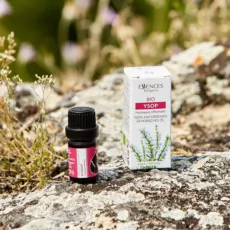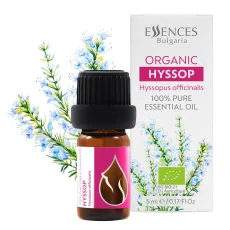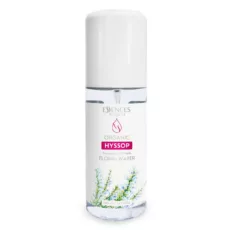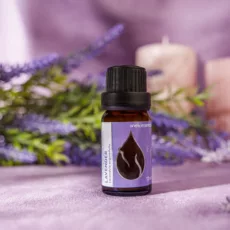Hyssop
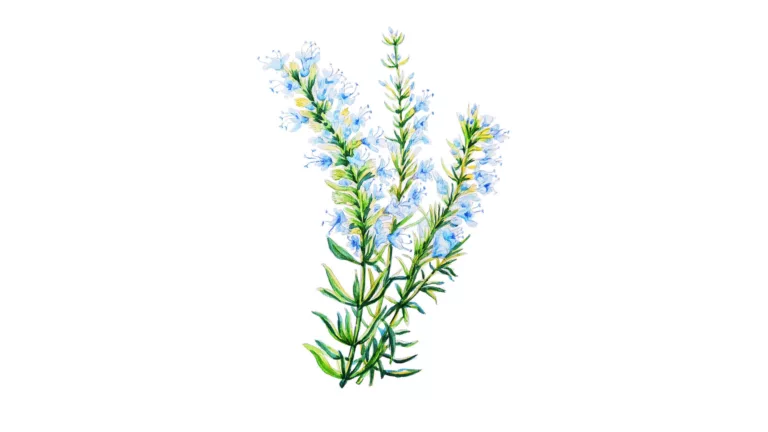
Hyssop (Hyssopus officinalis) is a perennial herbaceous plant from the mint family (Lamiaceae), also called “medicinal hyssop.” The herb’s name comes from the Greek word hyssopos, meaning “sacred herb.”
As early as the third millennium BCE, Egyptian priests used hyssop for ritual washing, and peoples of the Near East used it to purify sacred places.
Hyssop is mentioned many times in Holy Scripture as a herb that cleanses the soul from sins. In practice the plant has a detoxifying effect on the body. It increases perspiration—one of the mechanisms by which the body expels toxins, the so-called “sweating out of toxins.” In folk tradition, hyssop was used as protection against witches.
Belief in hyssop’s purifying power did not disappear after Moses; on the contrary, it is expressed with particular conviction by King David in his deep repentance after his sin with Uriah’s wife: “Purge me with hyssop, and I shall be clean” (Ps. 50:9). In Eastern Orthodoxy, hyssop symbolizes repentance, humility, and purification.
The medicinal use of hyssop dates back to ancient times. The ancient Greeks and Indians used it to treat bruises, scars, frostbite, conjunctivitis, insect bites, and muscle pains. In the Middle Ages the herb was used to treat a whole range of ailments, from epilepsy to snakebite. The Romans made wine from it.
In folk medicine, hyssop is used mainly to relieve coughs in bronchitis and inflammations of the upper respiratory tract; to treat infections of the nose and throat; and for inflamed gums and enlarged tonsils. Hyssop leaves are used for an upset stomach and to ease some symptoms of poor digestion, such as gas, intestinal cramps, colic, and more.
